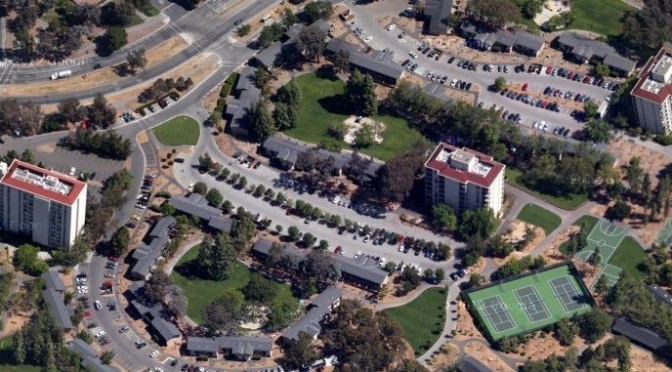Who owns the firm, or indeed the wider organisation? The law may say one thing, but does it adequately reflect who holds the power, the rights of the various players who may be said to have a stake, or the obligations and duties that go with ownership? The Escondido Framework is interested in the practical ownership, the essential meaning, and not just in what may be written on pieces of paper.
In the case of the simple firm, with an entrepreneur who owns the entire equity of the company, has no loans outstanding to his bank, employs such a staff as he needs on a casual or freelance basis, sells goods or services for cash, and buys on the same basis, the ownership is pretty clear.
But consider a larger enterprise, in which the founder has secured investment by selling shares through a public offering which are now traded between remote shareholder. The enterprise employs large numbers of people on permanent contracts. Some of its activities are subject to third party intellectual property on which royalties are paid. It is the dominant employer in some of the communities where it operates, and furthermore has been the beneficiary of public sector investment to help secure its presence. Some of the products and services that it sells create, at least in the short term, a degree of dependence on it from its customers, who enjoy some protection through warranty obligations, some through through the law, and some potentially through the court of public opinion. Oh, and what’s more, the founder no longer works in the business and the company is run by a team of star professional managers who, in recognition of their apparent stellar status and strong performance have secured from the Remuneration Committee top decile salaries and bonuses.
In this enterprise, the “members” of the company may the legal owners, but they may well do little to suggest that they behave as owners and sell their holding on the first sniff of a deterioration in the prospects of the company. The employees are likely to have a greater stake in the outlook for the company in terms of their future welfare being tied to its prospects, may exhibit greater loyalty than the fund manager, and although the ownership rights that they enjoy in their employment are not on the same scale as the holder of an eighteenth century sinecure, in some circumstances may enjoy considerable protection through rights within their contracts, within employment law, or, although on a considerable reduced scale compared to forty or fifty years ago, their involvement in a trade union. Big suppliers or customers may have considerable influence over the firm, limiting its ability to extract any form of economic rent itself, and using their contractual and market power to extract much of the additional benefit that might otherwise find its way into the company’s profits.
Ownership is not a very helpful concept at all in many circumstances. It is more helpful to think about the rights and obligations that sit with firm as an organisational entity and those that sit with the parties with which it interacts. Ownership implies rights and, to some extent obligations. It is worth considering ownership as lying stretched on a continuum, from a comprehensive state in the case of our entrepreneur with his simple firm, through to ownership of a limited set of rights, belonging to all the parties with whom the firm interacts, that mirror obligations that the firm has towards them, in the context of larger and more complex enterprises.
For more on this subject, click here.
